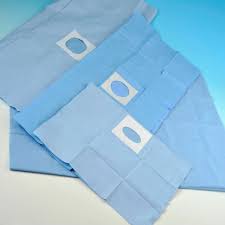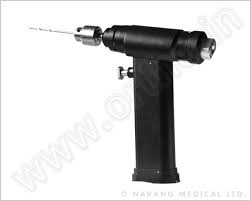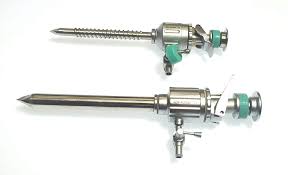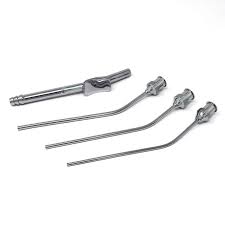Overview
Sterile Surgical Drapes are essential protective coverings used during surgical procedures to create a sterile barrier between the surgical site and potential sources of contamination. They help maintain a clean environment by isolating the incision area from surrounding skin, instruments, and non-sterile surfaces, thereby significantly reducing the risk of surgical site infections (SSIs).
Material and Design
Sterile surgical drapes are manufactured from various high-quality materials, including non-woven polypropylene, polyethylene film, or reinforced fabric laminates. These materials are designed to be fluid-resistant, tear-resistant, and breathable, offering both patient protection and surgical team comfort. Drapes are available in different sizes and shapes, often tailored to specific procedures (e.g., ophthalmic, laparotomy, orthopedic).
Advanced drape designs include features such as:
-
Fenestrations (openings) with adhesive borders for precise coverage of the surgical site
-
Absorbent reinforcement zones to manage fluid and prevent pooling
-
Adhesive strips or tabs for secure placement
-
Pouch systems to collect fluids and instruments
Types of Surgical Drapes
Sterile surgical drapes come in a variety of forms, including:
-
Plain Drapes – Simple sheets used for general coverage.
-
Fenestrated Drapes – Designed with openings aligned with the surgical site.
-
Split Drapes – Used in procedures that require draping around limbs or other body parts.
-
Procedure-Specific Drapes – Custom-designed for surgeries such as C-sections, cardiac surgery, or arthroscopy.
Each type serves a unique function, ensuring maximum protection based on the surgical environment and type of procedure being performed.
Applications in Surgery
Sterile surgical drapes are used across a wide range of surgical disciplines, including:
-
General surgery
-
Orthopedic procedures
-
Gynecology and obstetrics
-
Neurosurgery
-
Cardiovascular and thoracic surgery
By forming a sterile field around the operative site, drapes help prevent microorganisms from reaching open tissue and surgical instruments, thus enhancing patient safety and surgical success.
Infection Control and Safety
These drapes are designed to meet strict regulatory standards, offering barrier protection against fluids, bacteria, and particulates. Their use is integral to aseptic technique, contributing to lower infection rates and improved clinical outcomes.
Single-use sterile drapes are most common in modern operating rooms due to their convenience and assurance of sterility. Reusable fabric drapes are still used in some settings and require thorough cleaning and autoclaving between uses.
Conclusion
Sterile Surgical Drapes are vital to maintaining a sterile operating environment. Their role in preventing surgical site infections and protecting both patients and surgical teams makes them indispensable in all types of surgical procedures. With ongoing innovation in materials and design, surgical drapes continue to evolve, supporting safer, more effective healthcare delivery.







Reviews
There are no reviews yet.